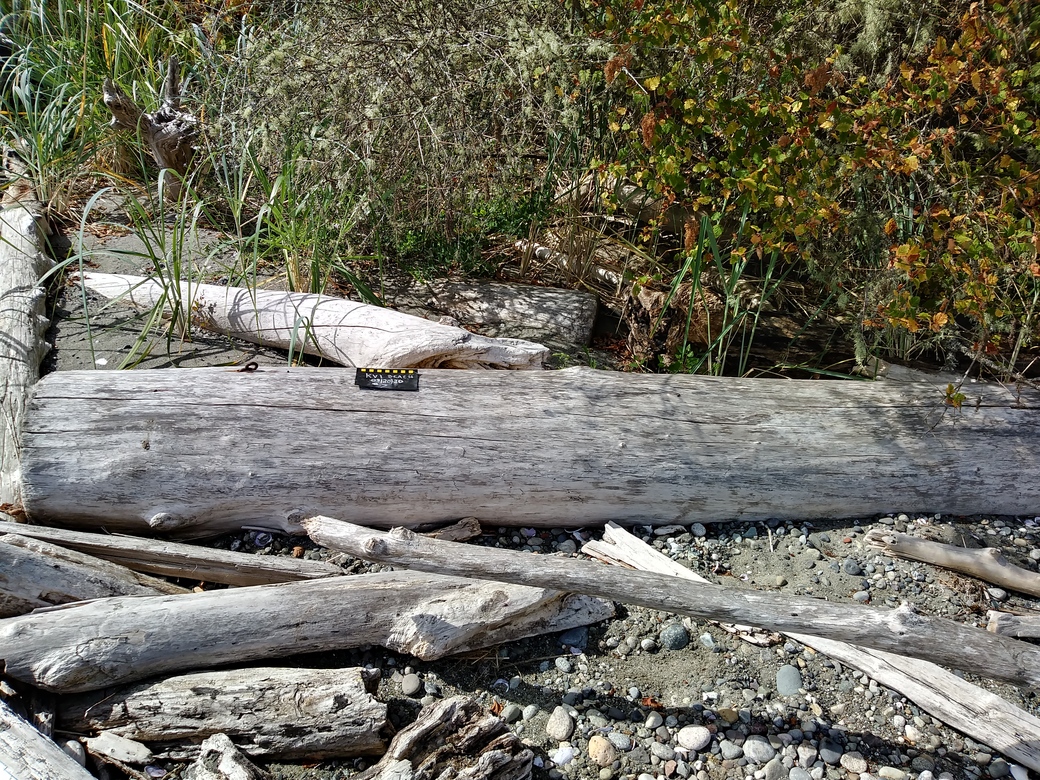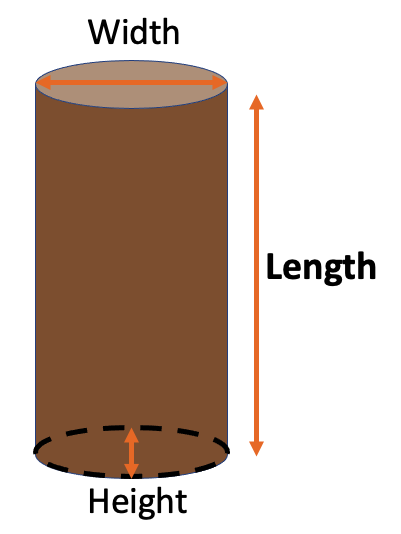Large Debris survey teams document characteristics for each debris item they encounter on a survey, with one exception: lumber.
Pieces of processed wood can be both abundant and persistent on many COASST beaches, so survey teams are only asked to record characteristics of these items once per quarter. It would take too long to record them every time!
This post explores lumber on COASST surveys.
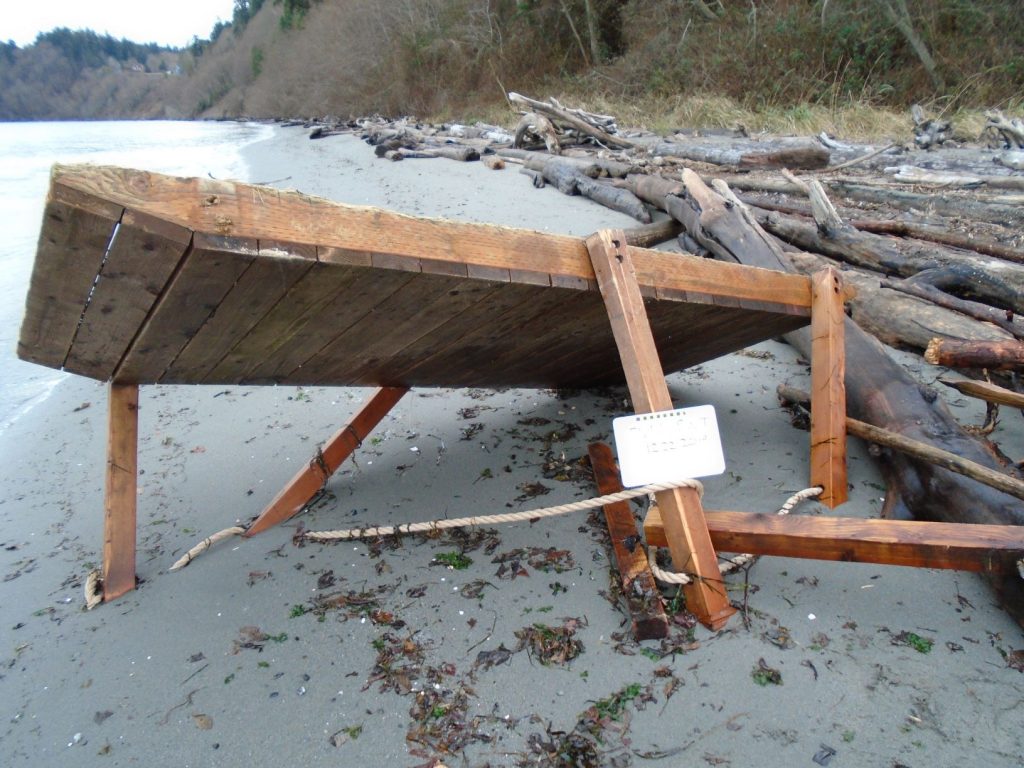
Lumber or Driftwood? – let’s talk definitions
COASST defines marine debris as persistent solid material that has been manufactured or dramatically altered by human hands. This definition can feel a little blurry when we think about items that are crafted by humans, but are constructed out of natural materials like wood or cotton. For example, we wouldn’t consider a tuft of hair from a sheep on our debris surveys, but once that wool is combed, dyed, and woven into a sock – debris it is!
The same idea applies to wood. Common examples of debris made of wood (which we call lumber) include ‘dimensionalized’ boards (cut to size like 2×4, 2×6, 4×4), plywood, pressure treated wood, telephone poles, beams with bolts or nails, creosote treated logs and wooden pilings.
Firewood is not marine debris because it hasn’t been processed enough by chopping and burning. Let’s compare it to another item: if we carried an orange peel to the beach, cut it into segments, and then burned those peels…we wouldn’t call those peels marine debris either!
Driftwood is not marine debris because the color change and bark stripping that take place on the beach are due to weathering and exposure to the elements, rather than human intervention.
So what does driftwood look like?
Does it look like an old tree? Don’t count it on your survey!
Top lumber survey FAQs:
What can be tallied? On a lumber survey we ask that you separate the types of lumber into their dimensionalized categories (2×4, 2×6, 4×4, etc.) though we allow varying lengths to be tallied together. Simply measure the length of the first item you tally!
If you start needing to customize any characteristics (different weathering, some boards have nails or attachments) this means that the items should be recorded on different lines – not tallyable.

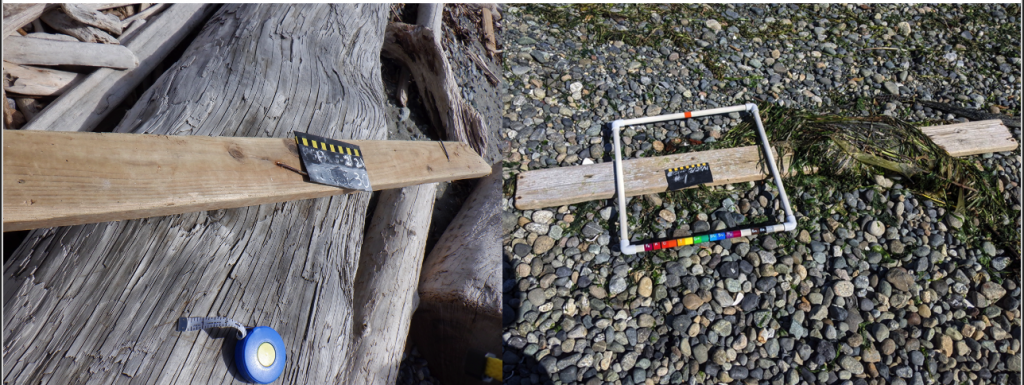
Check out our blog on tallying for more examples!
What needs to be measured? Each line for a large debris item needs to have a Length, Height, and Width recorded.
The lengths of tallied items can vary slightly, as long as they otherwise have the same characteristics. Only record the dimensions of the first tallied item.
How do I take pictures? To get a good picture of the large debris, make sure the the whole object in the picture. Some objects may require multiple photographs to ensure that the whole object is captured. Include the beach name, date and object number on the chalkboard slate. It is also good to have a size reference in the photo. COASST slates have a scale ruler at the top, and the sampling square in your kit is 50cm on each side – a great scale for larger items!
How to take pictures of tallied debris? Take one photo of each unique large debris object type, with additional photos of any characteristics with the photo icon. For tallied items, that means we only ask for a picture of the 1st item in that unique line of data. This picture should include the entire debris object and a complete slate.
Example: If you found four 2×4’s scattered across the beach take a picture of the first 2×4 found and tally the other three in the same data line. If there is biofouling on one but not the other three, that item is no longer tallyable. The biofouled piece needs it’s own line of data as well as its own pictures, including a close-up of the biofouling.
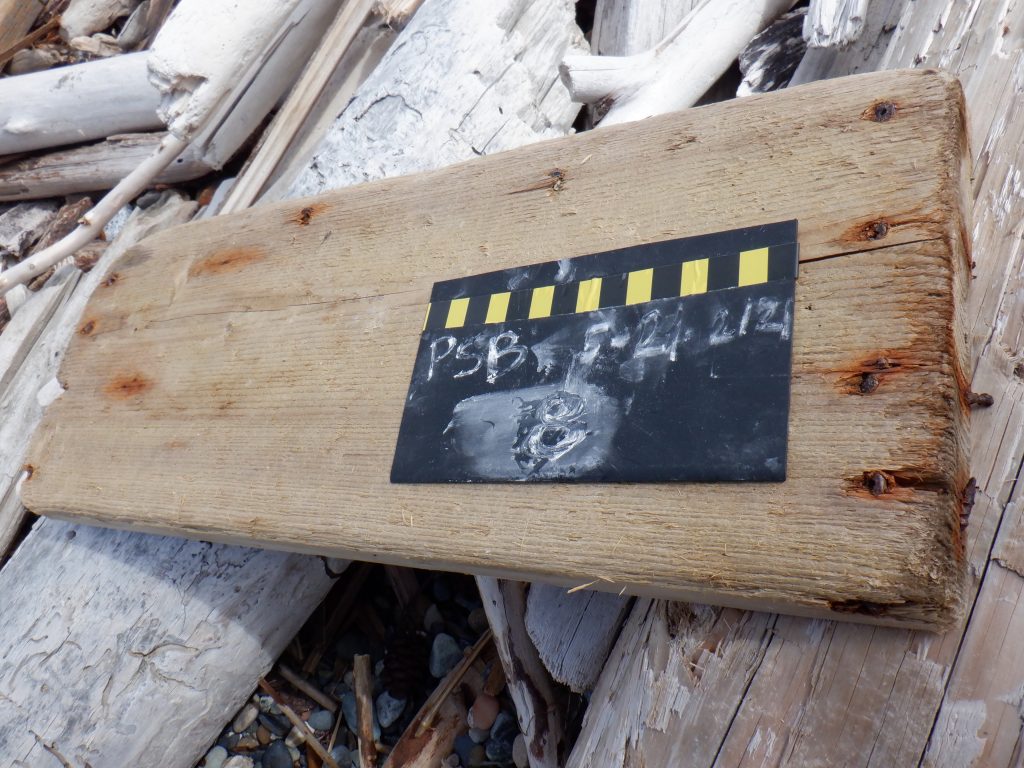
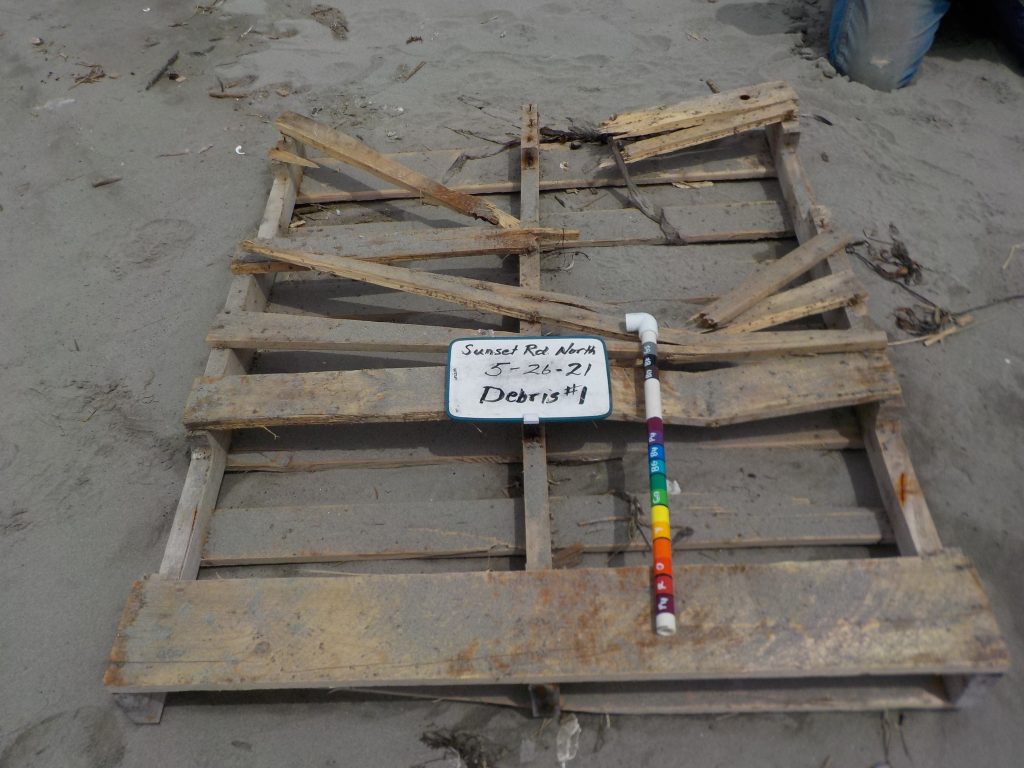
TIP: If you find a piece of lumber again on your next survey, fill in all of the characteristics again – some things (like weathering) may have changed!
Thank you to those who took great example photos featured in this post: Virginia Young on KVI Beach, Geoff Custer on Point No Point, Bonnie Wood on Salt Aire North, Joanne Wester on Pirate Ship Beach, Sherrilynne Fuller on Eglon, and Marguerita Catching on Sunset Road North.

